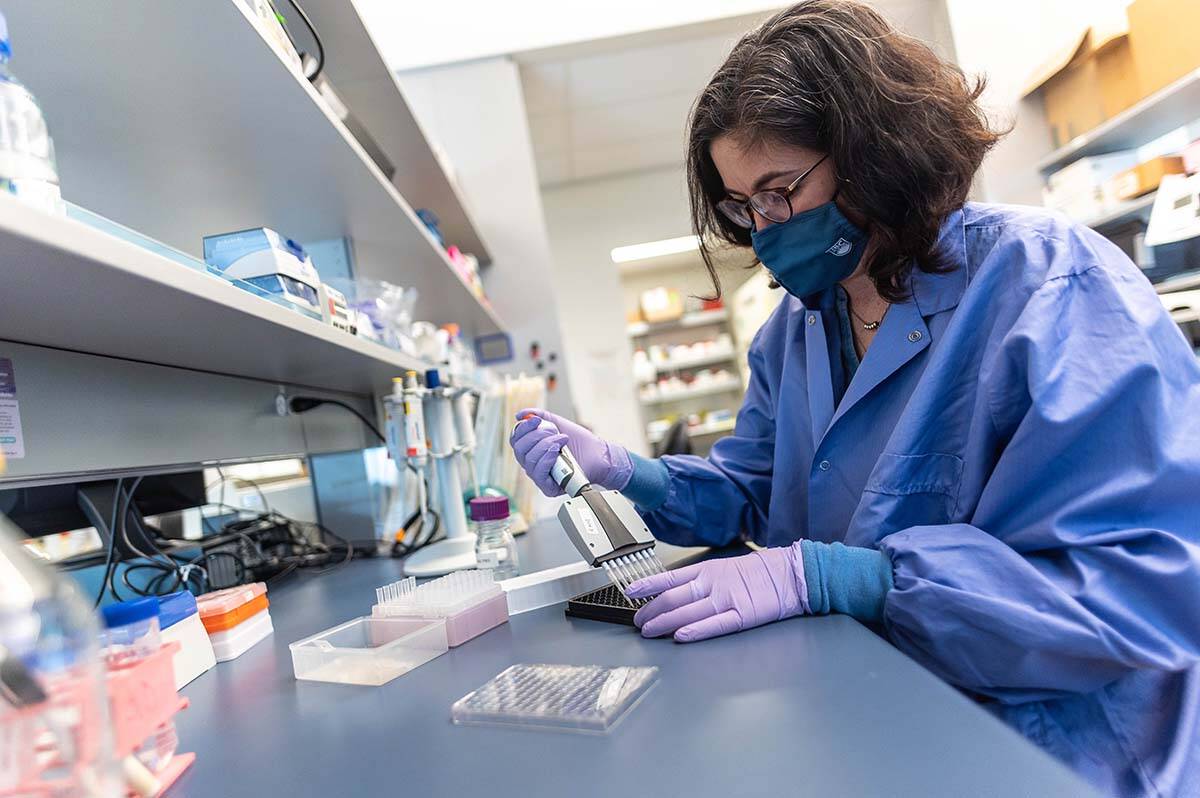An international study that searched four countries for plants, fungi and marine bacteria capable of fighting COVID-19 has found three exciting options, all of which are from Canada, and two of which come from B.C.
Led by University of British Columbia researchers, the two-year long investigation examined 350 compounds derived from natural sources in Brazil, Italy, Thailand and Canada. Twenty-six have proved promising, the top three of which were found in a sea sponge collected in Howe Sound, marine bacteria taken from Barkley Sound, and marine bacteria pulled off the coast of Newfoundland.
The components are not only exciting because of their natural-sourcing, but because of just how effective they’ve been in tests and the way in which they fight COVID-19.
Jimena Pérez-Vargas, a co-first author on the study and research associate in the Department of Microbiology and Immunology at UBC, says the way COVID-19 spreads in people’s bodies is by utilizing “tools” already present in human cells. Most current COVID-19 treatments aim to fight the virus directly, which means they have to be redesigned every time a new variant emerges. The new compounds, however, target the human cell tools instead.
What this means, Pérez-Vargas explains, is that the compounds are capable of halting a wide range of COVID-19 variants at once. In their study, the researchers tested the compounds with the Delta variant and multiple forms of Omicron, and found the compounds were effective against each of them.
“We know that it could be possible that they are effective with the next variants too,” Pérez-Vargas says.
All 26 of the best compounds were found to completely reduce viral infection in the tested cells. The top three were chosen based off the fact that they were successful in the smallest doses. This means they pose the least potential risk of causing damage.
Despite the extremely promising initial results, use of the naturally-sourced compounds could still be several years off. Pérez-Vargas says they now need to start producing the compounds in lab and testing them more thoroughly, including on other respiratory illnesses. If all of that goes well, they’ll still need interest from the pharmaceutical industry to take things to the point of treating human patients.
READ ALSO: A Paxlovid primer: what to know about the new oral antiviral treatment for COVID-19
@janeskrypnek
jane.skrypnek@blackpress.ca
Like us on Facebook and follow us on Twitter.

